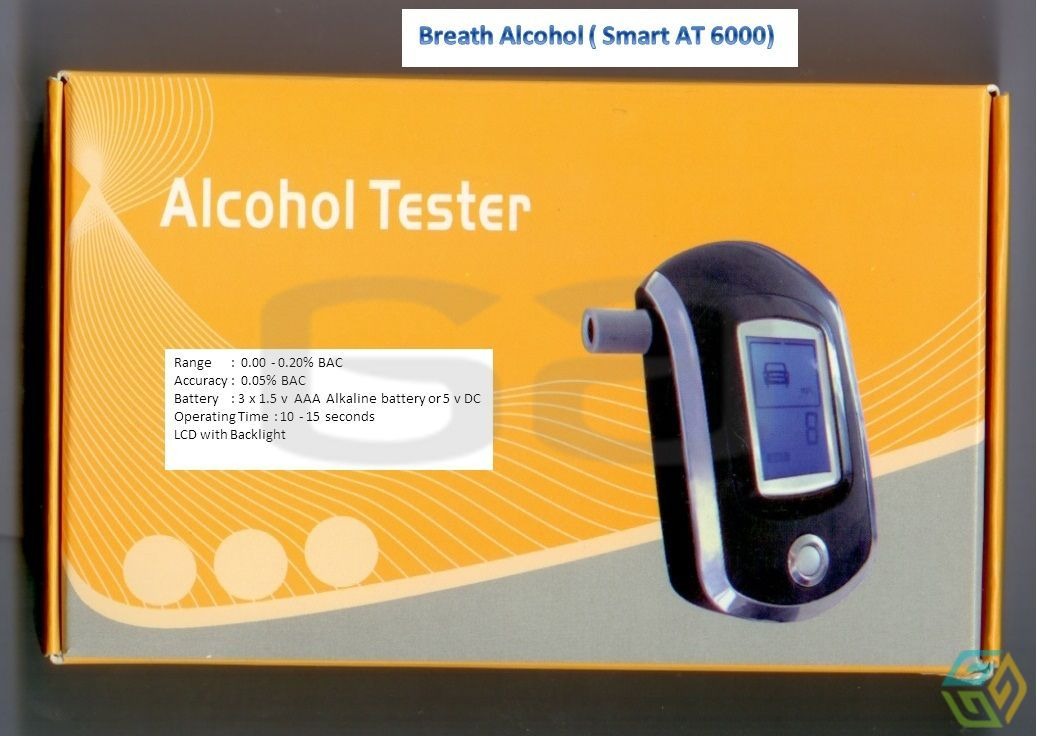
2024-08-29T04:32:29
Research into the possibilities of using breath to test for alcohol in a person's body dates as far back as 1874, when Francis E. Anstie made the observation that small amounts of alcohol were excreted in breath.[3] In 1927, Emil Bogen produced a paper on breath analysis. He collected air in a football bladder and then tested this air for traces of alcohol, discovering that the alcohol content of 2 litres of expired air was a little greater than that of 1 cc of urine.[4] Also in 1927, a Chicago chemist, William Duncan McNally, invented a breathalyzer in which the breath moving through chemicals in water would change color. One suggested use for his invention was for housewives to test whether their husbands had been drinking.[5] In December 1927, in a case in Marlborough, England, Dr. Gorsky, a police surgeon, asked a suspect to inflate a football bladder with his breath. Since the 2 liters of the man's breath contained 1.5 mg of ethanol, Gorsky testified before the court that the defendant was "50% drunk". The use of drunkenness as the standard, as opposed to BAC, perhaps invalidated the analysis, as tolerance to alcohol varies. However, the story illustrates the general principles of breath analysis.[6

Have a question? Ask here!
Required fields are marked *